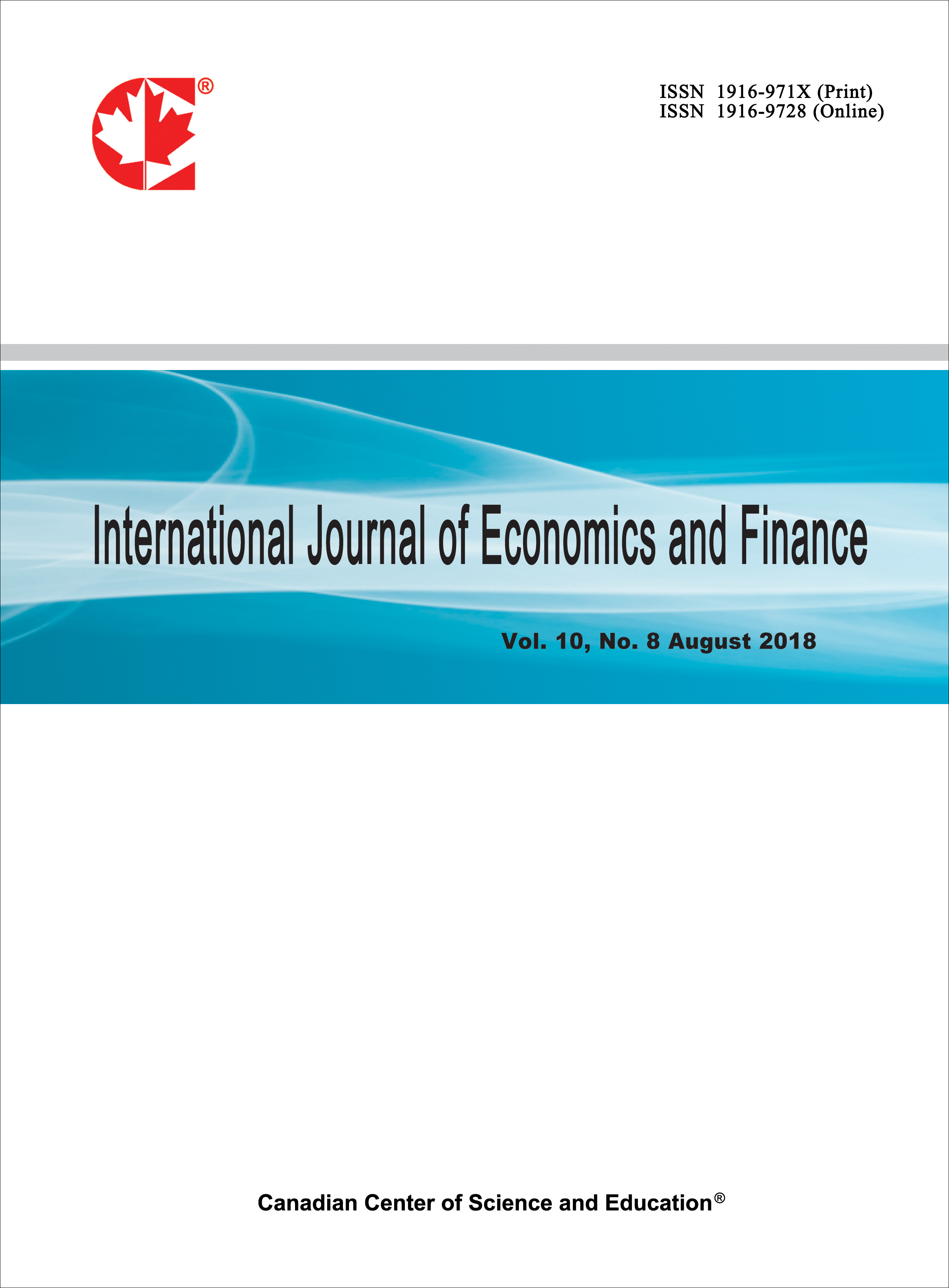Forecasting the Defense Budget and Assessing Its Impact on Economic Growth: An Empirical Study for Bangladesh
Abstract
This research examines the impact of critical macroeconomic variables, particularly GDP, inflation rate, and labor force participation rate, on Bangladesh’s defense budget using annual data from 1990 to 2022. The main goal is to predict future defense budgets by analyzing key economic variables that influence budget decisions. This will help understand how economic conditions shape defense budget priorities and allocations. For this research, the Autoregressive Distributed Lag (ARDL) model is used, which is characterized by a lag structure of ARDL (4,4,4,4), to study how these economic factors and the defense budget are connected in both long-term and short-term dynamics. The analysis shows a positive correlation between the defense budget and both rates of inflation and GDP growth. However, the participation rate of the labor force is negatively related to the defense budget, and short-term exposure indicates that this participation rate affects the national defense budget more immediately. The ARDL model Bounds Test approach for cointegration shows an F statistic of 12.28744, which exceeds the critical value at the 1%, 5%, and 10% significance levels, strongly suggesting a long-term correlation between the defense budget and economic factors. Furthermore, the Error Correction Model (ECM) shows that the defense budget gradually returns to a long-term equilibrium by correcting roughly 51.95% of any disequilibrium during each period. These results highlight how crucial it is for the defense budget planners in Bangladesh to take economic factors into account to ensure that the defense budget is aligned with the nation’s broader objectives for stability and economic growth.
 PDF
PDF
